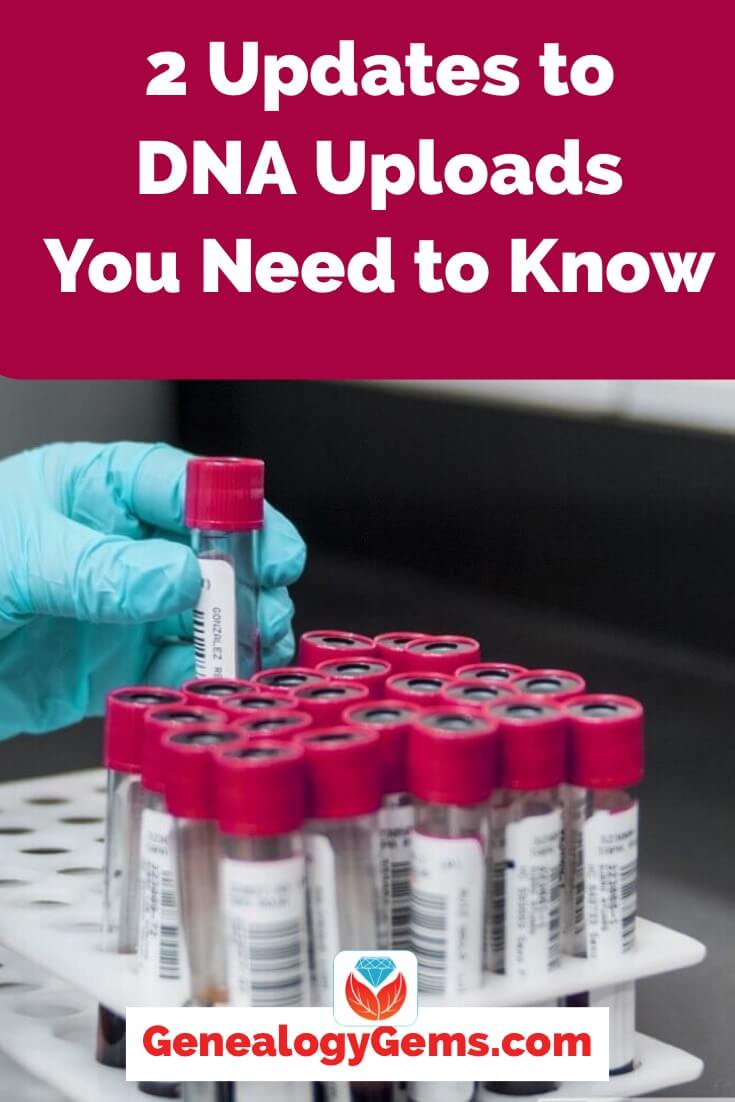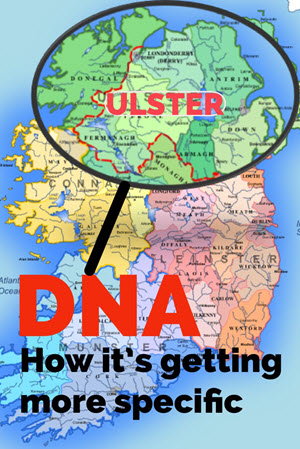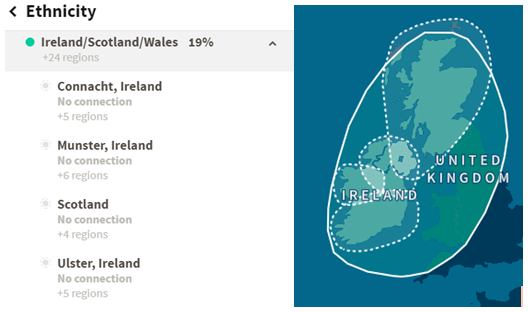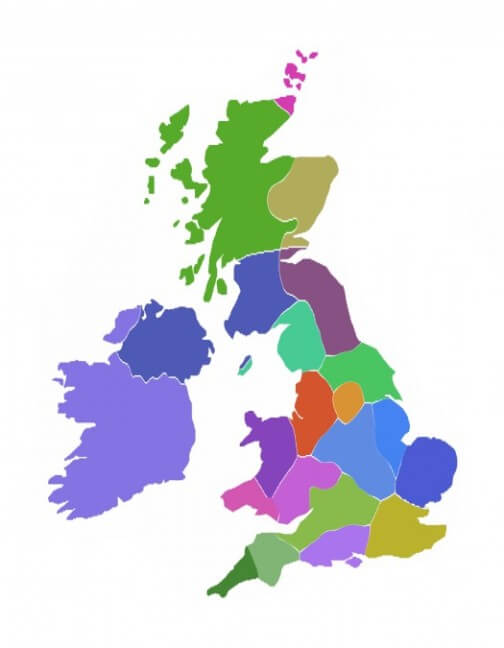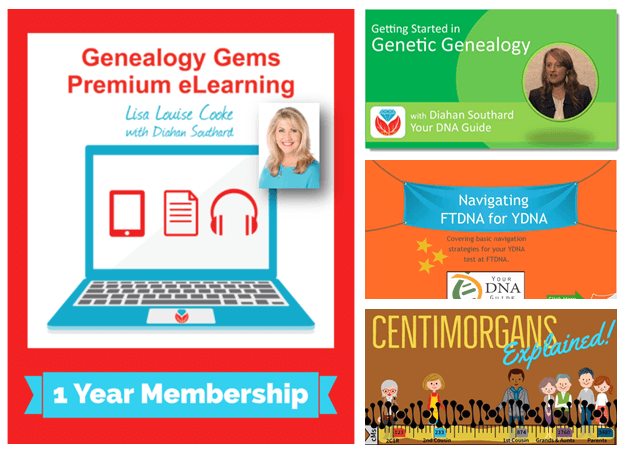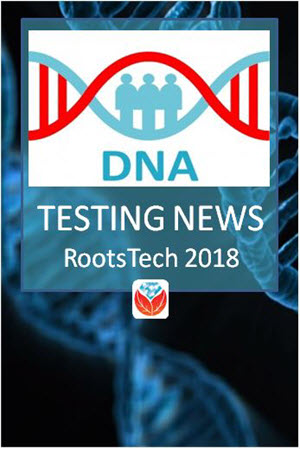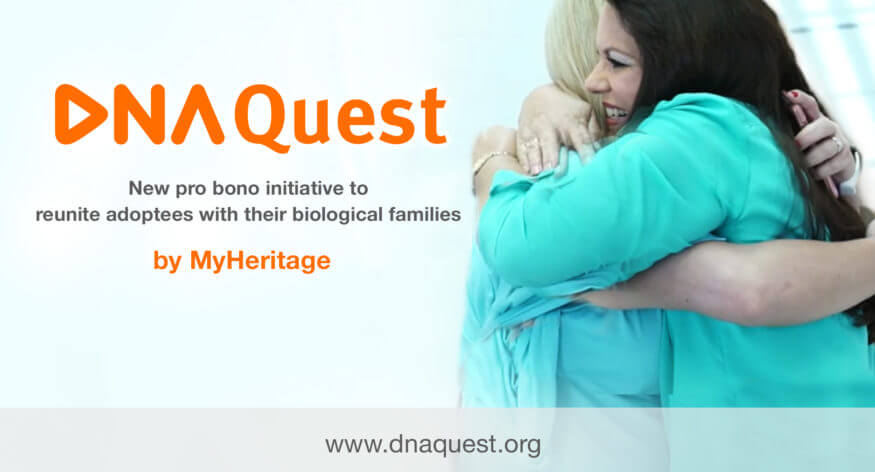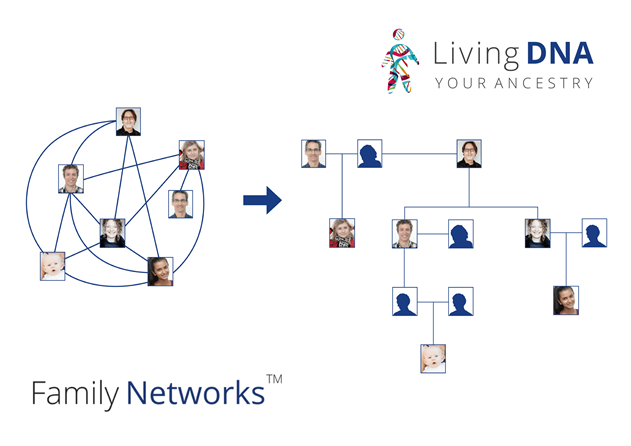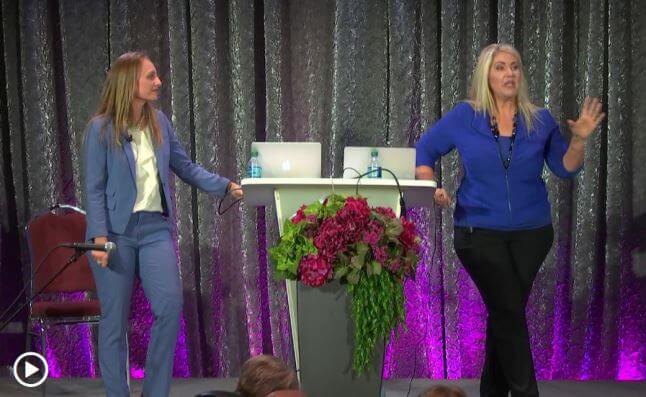2 Updates to MyHeritage DNA Upload You Need to Know
Since 2016, MyHeritage DNA has offered the ability to transfer your DNA data from other DNA companies for free, and now they’ve expanded that offering to include Living DNA and 23andMe v5. With this news comes additional changes to their free upload offerings, so get your data transferred now to take advantage of all their tools.
Our friends at MyHeritage.com, one of the Genealogy Giants and a sponsor of the free Genealogy Gems Podcast, recently made the announcements we are sharing below.
MyHeritage DNA news you can use
1. Transfer your DNA results from Living DNA and 23andMe v5.
“We’re happy to announce another industry first from MyHeritage! We now support the upload of 23andMe v5 and Living DNA data files, in addition to supporting data uploads from all major DNA testing services, including Ancestry, 23andMe (prior to V5) and Family Tree DNA (Family Finder).
Since 2016, MyHeritage has allowed users who have already tested their DNA to upload their DNA data from Ancestry, 23andMe and Family Tree DNA. They receive DNA Matches and ethnicity estimates on MyHeritage for free. Our free upload service is a unique benefit not offered by any of these other companies. However, previously MyHeritage did not support the upload of tests based on the chip called GSA (Global Screening Array), now being used by 23andMe (v5), and by Living DNA. Recent improvements to our DNA algorithms now allow us to support DNA data processed on GSA chips, and so we now support uploads of 23andMe v5 and Living DNA data files.
Uploading your DNA data to MyHeritage is fast and simple. For users that upload now, we offer full access to DNA Matching, Ethnicity Estimates, our industry-leading chromosome browser, and more, for FREE.”
Click below to upload your DNA now for FREE!
The announcement continues:
“If you manage additional DNA kits for some of your relatives, and you have their permission, upload their DNA data too, and MyHeritage will let you associate the data with the respective individuals on your family tree. DNA data uploaded to MyHeritage is completely private and secure. Only you can see the DNA data you upload.”
2. Upcoming Changes to Tools Access
The announcement goes on to discuss a few changes you can expect with their free upload service:
“As of December 1, 2018, our policy regarding DNA uploads will change: DNA Matching will remain free for uploaded DNA data, but unlocking additional DNA features (for example, ethnicity estimate, chromosome browser, and some others) will require an extra payment for DNA files uploaded after this date. We will announce the full details of the new policy once it is finalized, closer to December 1st. All DNA data that was uploaded to MyHeritage in the past, and all DNA data that is uploaded now and prior to December 1, 2018, will continue to enjoy full access to all DNA features for free. These uploads will be grandfathered in and will remain free.
So, don’t delay, and upload your DNA data to MyHeritage now, while all the DNA features are free (and they will remain free for you). If you have tested with 23andMe (any versions including v5) or Living DNA, you’re in luck, and you can now upload this data to MyHeritage too. You can also upload DNA data from Ancestry and Family Tree DNA’s Family Finder test. Instructions for exporting your data and uploading it to MyHeritage are provided on our upload page.”
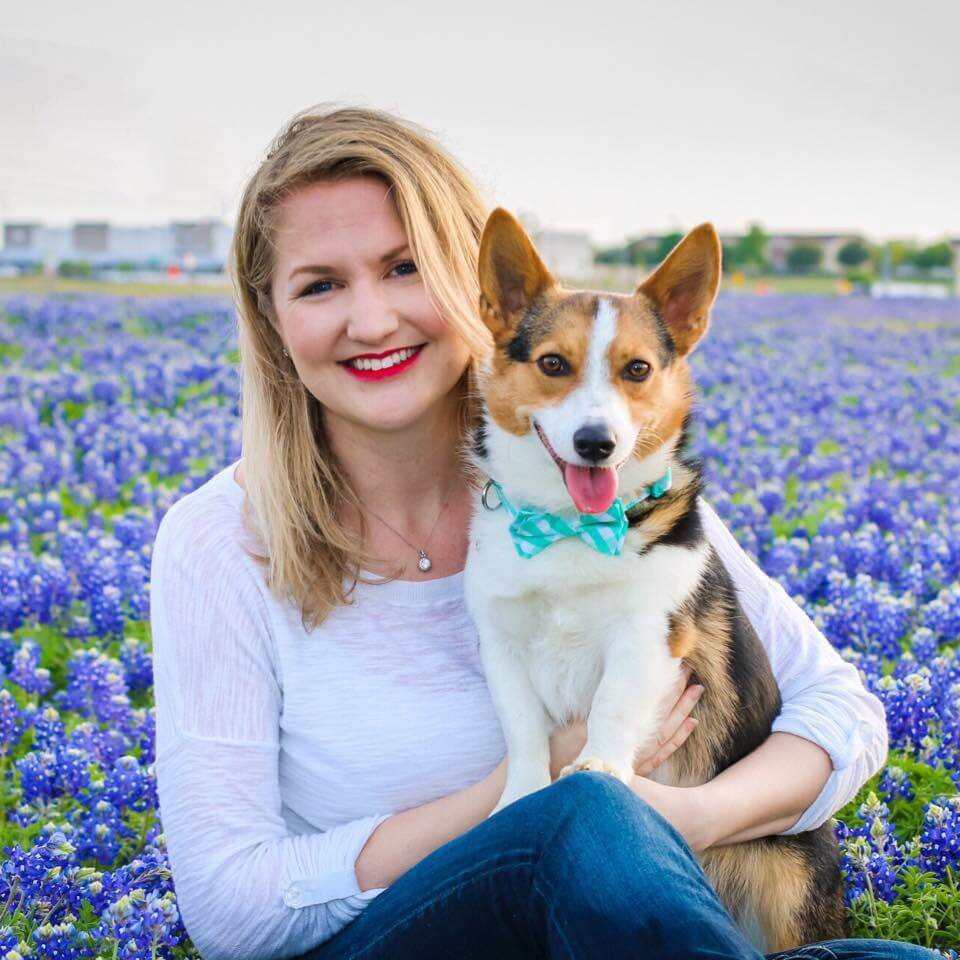
Lacey Cooke
Lacey has been working with Genealogy Gems since the company’s inception in 2007. Now, as the full-time manager of Genealogy Gems, she creates the free weekly newsletter, writes blogs, coordinates live events, and collaborates on new product development. No stranger to working with dead people, Lacey holds a degree in Forensic Anthropology, and is passionate about criminal justice and investigative techniques. She is the proud dog mom of Renly the corgi.
Disclosure: This article contains affiliate links and Genealogy Gems will be compensated if you make a purchase after clicking on these links (at no additional cost to you). Thank you for supporting Genealogy Gems!

